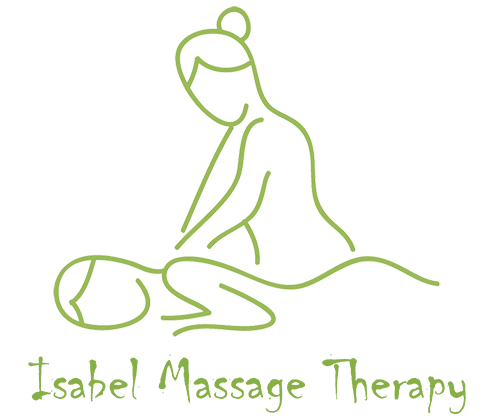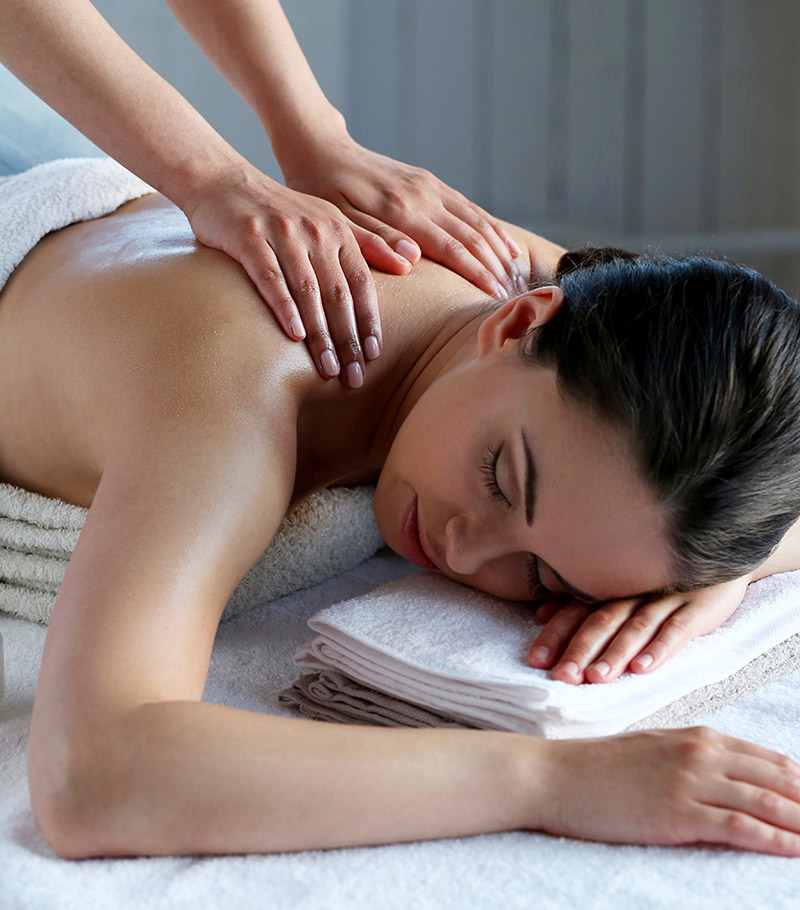[modal_popup_box top=”90″ btnalign=”center” titlealign=”center” titletext=”What is Massage Therapy?” bodybg=”#ffffff” btntext=”What is
Massage Therapy?” btn_icon=”fa fa-user” btnclr=”#ffffff” hoverclr=”#ffffff” btnbg=”#769148″ hoverbg=”#df6d87″ titleclr=”#ffffff” titlebg=”#769148″ titleborder=”#000000″ bgclr=”#ffffff”]
Massage is manual tissue manipulation to enhance healing and health. It involves a licensed professional assisting a client in reaching the goals they wish to achieve by receiving a massage. Some examples of goals would be easing stress or anxiety, easing stiffness in the body, boosting athletic performance, etc.
There are different kinds of massage and some massage therapists specialize in specific types of massage and some specialize in more than one kind. It is important for the client to establish what type of massage they are seeking to find a therapist who can meet their goals. The different types of massage include but are not limited to Swedish Massage, sports massage, Thai massage, shiatsu, relaxation, and more!
In seeking a massage therapist it is also important to find one who is professional and listens and respects the needs of their clients, working with them to reach their goals. Because there are so many different types of massage, each will look a little different depending on which one clients choose. Thai massage and shiatsu for example are usually done on the floor on mats with the clothes while the massage therapist works with the client to stretch their body and do compressions on the arms, legs and back. Thai massage is ancient and guided by the energetic body (meridians, chacras, etc). Swedish massage in contrast is done on a massage table with the client dressed down while they are covered by a sheet and blanket. While the massage therapist works on different areas of the body, they undrape the area appropriately. Swedish is more focused on the scientific body such as understanding and applying anatomy, pathology as well as other biosciences to
bodywork.
There are also different services massage therapists offer to clients. Some massage therapists charge more to add on these services. Some examples of additional services are hot stone treatment, aromatherapy, cupping, salt or sugar scrubs, Gua Sha, etc. All types of massage usually involve an intake process at the beginning of the massage. The therapist will have an intake form to collect the client’s information and contact, ask about their goal for the massage, the areas of concern in the client’s body, and their general health.
Sometimes there are limitations with certain clients based on their health and this process is in place to insure ‘do no harm’. Along with the intake paperwork, there is usually a massage waiver the client signs to gain permission to receive massage as well. The massage therapist will then most likely do a verbal intake to review the intake paperwork. After a goal and mutual understanding is met, the next steps look different based on the type of massage being received. If the client is receiving a Swedish treatment, the massage therapist will leave the room to give the client a chance to dress down to their level of comfort and get under the sheet and blanket on the table. The massage therapist will then make sure the client is ready before entering to begin the massage. They will undrape and work on the areas that have been
agreed upon and then cover them back up when they are finished. The massage therapist will likely check in with the client throughout the massage and it is up to the client if they want to chit chat. If the client or the massage therapist is uncomfortable at any point, the massage can be extinguished.[/modal_popup_box]


 My name is Isabel Abt and I am a licensed massage therapist. I am passionate about helping people manage pain in their bodies, de-stress, reduce anxiety and simply benefit from all of the great things massage can offer. I graduated from Central Oregon Community College’s prestigious massage program in 2021. I now have my own massage practice in my private studio. I take pride in my professional, compassionate massage practice, serving people seeking massage. I specialize in Swedish, deep tissue, relaxation, and table Thai massage stretches incorporated with the Swedish treatment. During the massage I offer hot stone massage, aromatherapy, salt scrubs to the hands or feet, and hot towels
My name is Isabel Abt and I am a licensed massage therapist. I am passionate about helping people manage pain in their bodies, de-stress, reduce anxiety and simply benefit from all of the great things massage can offer. I graduated from Central Oregon Community College’s prestigious massage program in 2021. I now have my own massage practice in my private studio. I take pride in my professional, compassionate massage practice, serving people seeking massage. I specialize in Swedish, deep tissue, relaxation, and table Thai massage stretches incorporated with the Swedish treatment. During the massage I offer hot stone massage, aromatherapy, salt scrubs to the hands or feet, and hot towels






